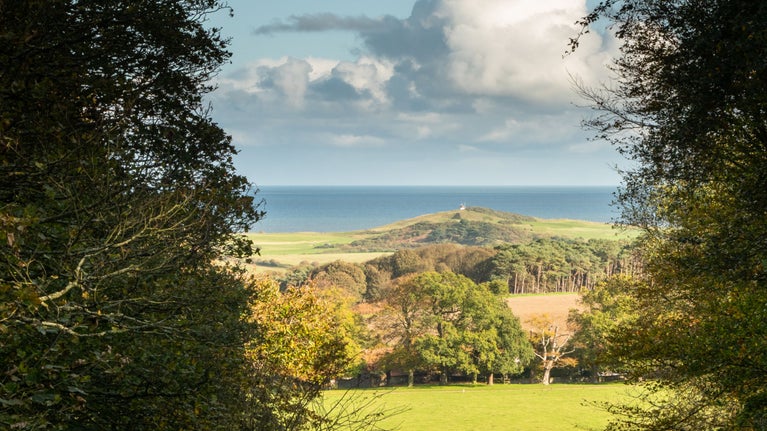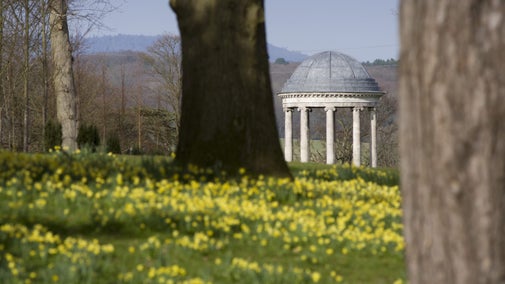
Explore gardens and parklands
We care for more than 200 gardens and parks. From kitchen gardens full of fruit and veg to historic parkland, there’s something for everyone.

Humphry Repton is one of Britain’s best-loved landscape designers. He helped shape landscapes where the barriers between gardens and parks were broken down; estates that combine the polished look of ‘Capability’ Brown with the more naturalistic and dramatic landscapes of the picturesque movement. Discover the dramatic landscapes created by Repton.


We care for more than 200 gardens and parks. From kitchen gardens full of fruit and veg to historic parkland, there’s something for everyone.
Find out more about the picturesque aesthetic style and how it became a fashionable choice for wealthy estates in the 18th century. Discover more about the people who influenced the movement.

The history of the English landscape garden is infused with political meaning. Learn the history and political stories behind this garden style characterised by structured informality.

Discover wildlife, woods and wide open spaces when you visit one of these large parklands. Walk, cycle, play or simply relax in nature.

Explore estates designed by Lancelot ‘Capability’ Brown, who still defines our view of the British landscape today. Take in serpentine lakes, gothic follies and tree-fringed parkland.
